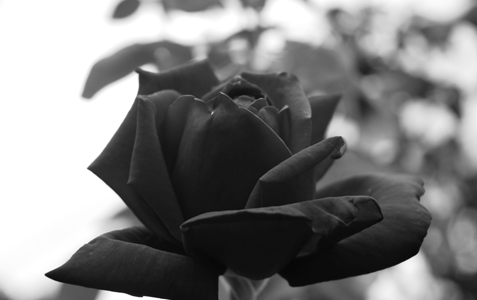Appearance and what you wear to an interview is a big part of the job search process. A significant part of any hiring decision is based on nonverbal elements in the interview — your handshake, eye contact, body language, posture, listening skills, clothing, grooming and accessories. However, If you’re reading this you are already off to a good start.
Click here if you need some Personal Assistant CV/PA CV advice.
According to a recent survey by careers website The Ladders, 37% of bosses say they have decided against hiring an applicant because of the way they dressed. (The Guardian)
Dress code.
When you’re first called for an interview, find out if there’s a written or even unwritten dress code or standards of appearance for the job.
Be prepared well in advance.
You should be just as prepared with your interview attire as you are with your line of interview questions. Don’t wait until the morning of your interview to decide what to wear.
Smart Casual.
Many industry sectors are becoming more flexible about dress codes, often even encouraging a smart-casual look.
The smart-casual look allows you to create a professional image but also show your own personality and feel more confident in your appearance.
Cost/Quality.
One good quality suit is sufficient for a job search if that is all your budget allows. Look for classic fabrics, patterns, and colors which are always in style and easy to accessorize.
If you feel sexy, you’re not dressed right.
Don’t wear anything that is to revealing. Don’t expose your body parts.
Women’s Interview Attire.
- Wear your smile, a smile projects positive energy and sets the stage for the interview.
- If you are going to be interviewing invest in an interview outfit. Plan on two. One for the first interview, the other for the 2nd interview.
- Your overall look should be sharp but not flashy, and elegant but not overly formal.
Suit/Jacket.
You can’t go wrong with a simple dark suit. If not a suit, a skirt with blouse and blazer is usually appropriate. For a more casual atmosphere, a skirt, blouse and sweater may be fine.
Shoes.
Moderate shoes, darker than your clothing with conservative heels and closed toes.
No jeans.
You’ve probably been told this before, but it’s very important. It doesn’t matter how casual the work environment is, stay away from the denim.
Hair.
Neat, professional hairstyle. If it is long, pull it back so you do not distract from the interview by constantly pushing it back from your face.
Extra Tips.
- Clothing should neither be baggy nor skin-tight.
- Solid color, conservative suit.
- Coordinated blouse.
- Don’t over accessorize, you can add a silk scarf to bring in color and personality.
- Tan or light hosiery.
- Be sure your bag is conservative and professional or better yet bring a briefcase that fits your personal items.
- Keep your makeup simple and natural & a touch of perfume.
- Manicured nails.
- Cover tattoos where possible.
- No visible body piercing – nose rings, eyebrow rings, etc.
- Comfort is king – don’t wear anything that will distract you or make you visibly awkward.
- Have your coat off and over your arm. No logo shirts or jackets.
- Navy, grey, taupe, tan and beige are still prevalent; keep in mind, however, that the darker the color, the more authoritative the look. In less traditional professions, you might also try textured tweeds and subdued plaids and checks.
When in doubt, don’t.
If you aren’t 100% confident in what you are wearing that can distract you, and sometimes your interviewer.
Looking for examples of what to wear? Check out> Office Wear Essentials
How do you dress for success? How do you select your interview outfit?
Wish you great success in your job search!







